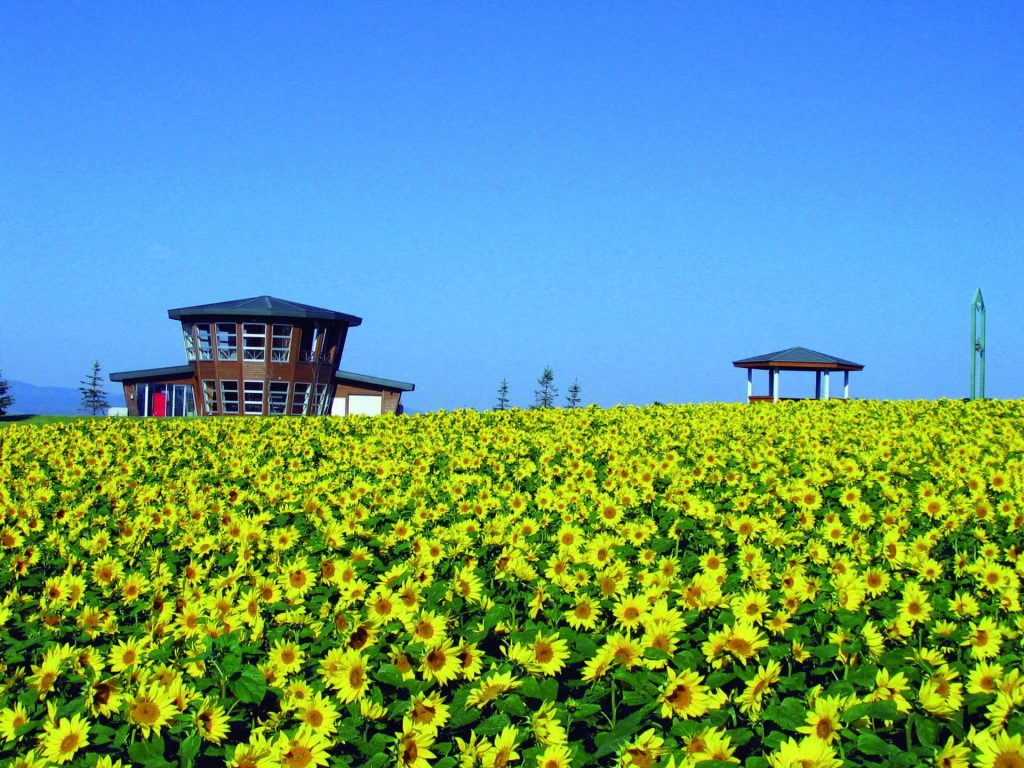
While Hokkaido is covered in snow and ice in winter, the far north of Japan’s northernmost island is ideal for cycling and sightseeing in summer. The Okhotsk Region, home to a variety of wild animals nourished by abundant nature and quintessential Hokkaido culture and cuisine, is a great place to escape Japan’s sweltering summer down south.
The drift ice in the Sea of Okhotsk is a popular winter attraction, but in summer, enjoy expanses of wild flowers scattered along the coast, migratory birds flying over the lake, a rural landscape extending in a patchwork over the hills and the Akan-Mashu National Park with its beautiful landscape featuring a volcano, lake and primeval forest.
Okhotsk Tour Long Cycling Route
- Distance: 224.9 kilometers
- Required Time: 16 hrs. 50 minutes
This route starts at Memanbetsu Airport and takes in views of the mountains, sea and lakes at Bihoro Pass, Sekihoku Pass, Lake Notoro and the Sea of Okhotsk. It’s a long route that will take multiple days and requires stamina in the hills. The airport is located near Lake Abashiri, where you’ll find Meruhen no Oka, a gently sloping hill with stretches of vast potato and wheat fields.
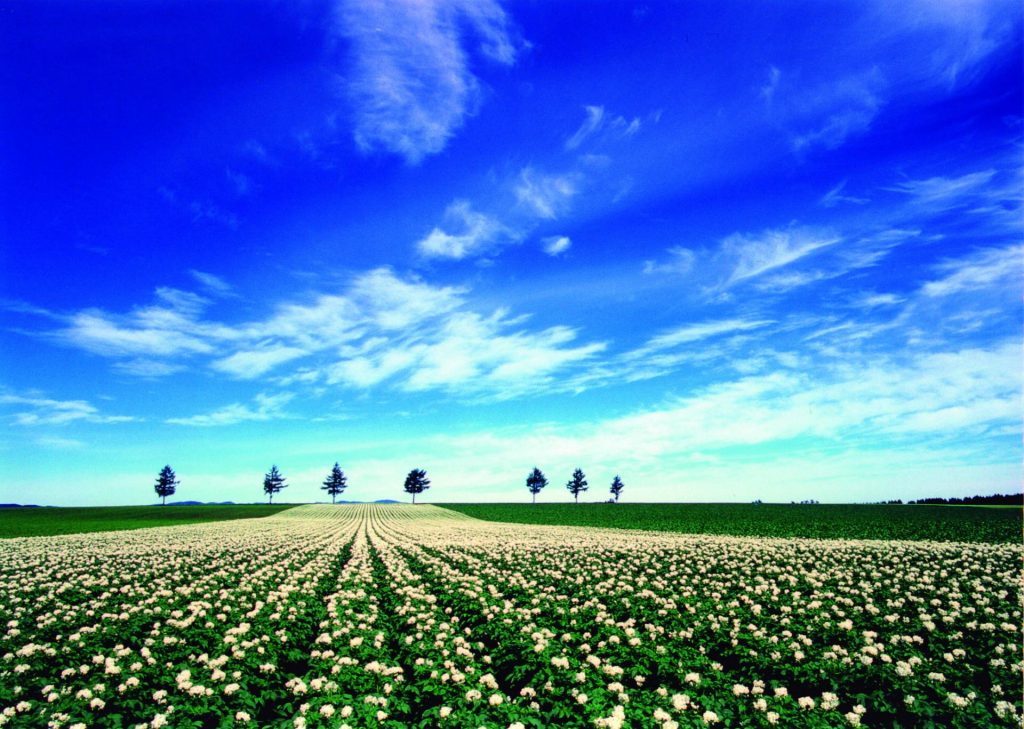
Another popular activity during the green season is kayaking from Lake Abashiri to the Abashiri River, where you can see wild birds such as kingfishers, ducks and white-tailed eagles.
Your first stop is Higashimokoto Shibazakura Park. This 10-hectare park is covered in vivid pink shibazakura (moss phlox). The park is open from May to October although the peak season for shibazakura is in May. For bird’s eye views, head to Highland Koshimizu 725, a resthouse situated at an altitude of 725 meters halfway up the 1,000-meter Mt. Mokoto. Mt. Mokoto sits at the northern end of Akan-Mashu National Park and is the highest peak on the rim of the Kussharo caldera. From its peak, you can see a panoramic view of the Shiretoko Mountains and the Sea of Okhotsk and Lake Kussharo directly below.
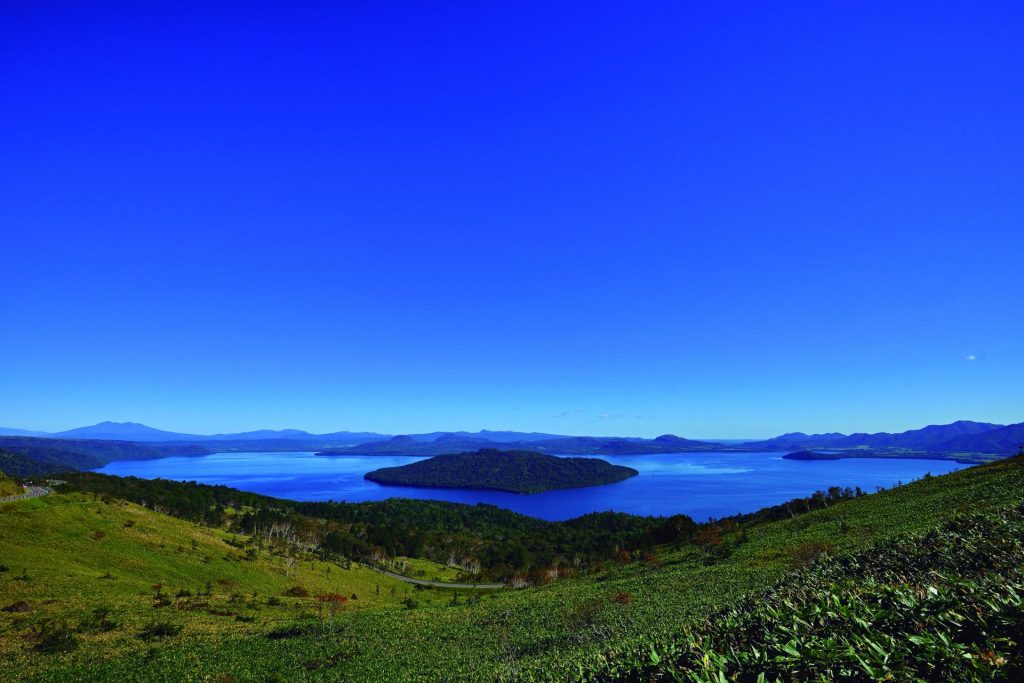
Stop for local products and dishes at the michi-no-eki (roadside station), Hanayaka Koshimizu. The next michi-no-eki is Ryuhyokaido Abashiri, where you can embark on a nature cruise to see whales, dolphins and sea birds. There’s also the Koshimizu Wild Flower Park nearby, extending eight kilometers across elongated dunes. Between June and August, there are approximately 200 species of colorful wild flowers.
Lake Notoro and Ubaranai Glasswort Marsh is an hour away and boasts Japan’s largest coral grass colony spreading across the lake. The coral grass turns red in late summer (late August to early September) and transforms the lake into a bright red carpet.
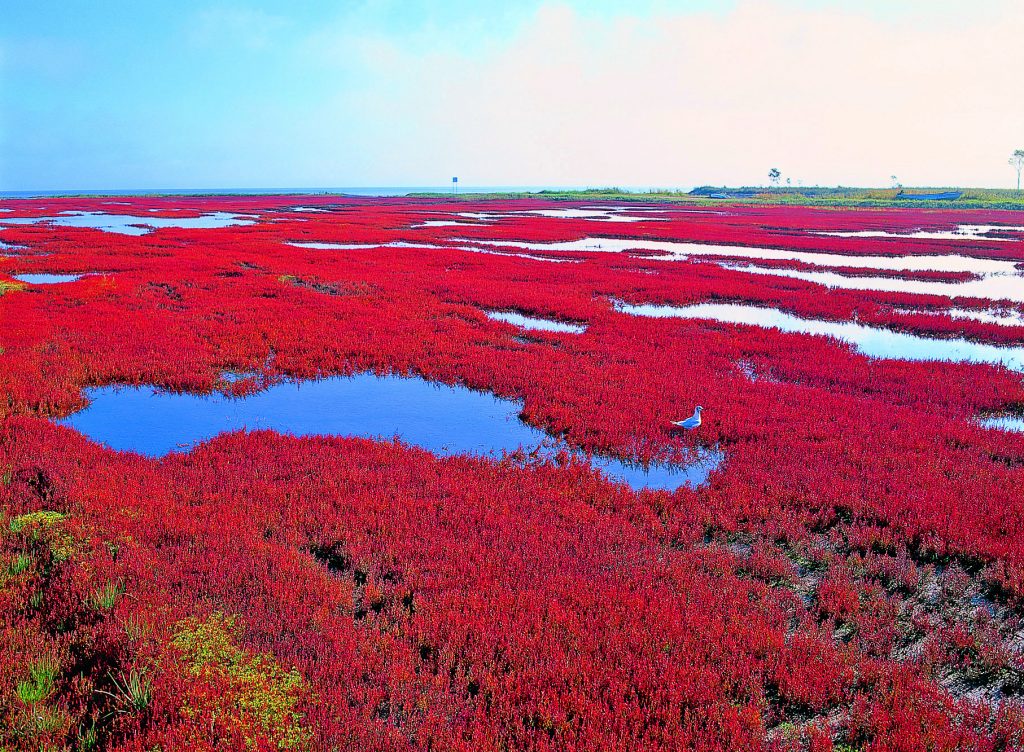
See more than 300 species of wild flowers on a 25-meter-long sandbank between Lake Saroma and the Sea Okhotsk at Lake Saroma Wakka Wild Flower Park, a Hokkaido heritage site. Lake Saroma is the third largest lake in Japan and the largest brackish lake.
Head south to Kitami City to learn about Kitami hakka (mint) at the Kitami Mint Memorial Museum, before heading back to Ozora Town.
Bihoro Pass Long Cycling Route
- Distance: 122.4 kilometers
- Required Time: 9 hrs. 40 min.
This route also starts off at Memanbetsu Airport but ventures further south to Bihoro Pass. Along the way, stop at Touge-no-yu, a popular day-trip onsen famous for its medicated bath. Another two hours and you’ll be at Bihoro Pass which sits at an altitude of 525 meters high in Akan-Mashu National Park. It’s a popular spot with photographers for views of unkai (sea of clouds) sitting above Lake Kussharo at dawn.
Make your way around Lake Kussharo to Kawayu Onsen, a hot spring village sourcing from a high-quality sulfur spring. An onsen river runs through the village center. Mt. Io, an active volcano, is located not far from this village and you can see hot steam rising.
Make your way north to join up with the Okhotsk Tour Long Cycling Route, and stop by Highland Koshimizu 725 and finish at the Koshimizu Tourist Center.
Sekihoku Pass Hill Climb Route
- Distance: 72.1 kilometers
- Required Time: 7 hrs. 50 min.
This hill climb starts at Kitami Station and ends at Sekihoku Pass, which connects Asahikawa and Kitami City. You can see the Daisetsuzan and Akan mountain range from the observatory deck. Along the way, stop at michi-no-eki Onne-yu Onsen located in a historic hot spring town. There’s an aquarium where you can learn about Hokkaido’s river life and the Japanese huchen, giant freshwater fish, see Japan’s first waterfall basin tank and the world’s first frozen-over river tank.
Near Kitami Onsen is Mt. Nikoro, a popular trekking course that takes around two-and-a-half hours round trip from the Chuo-do Trailhead.
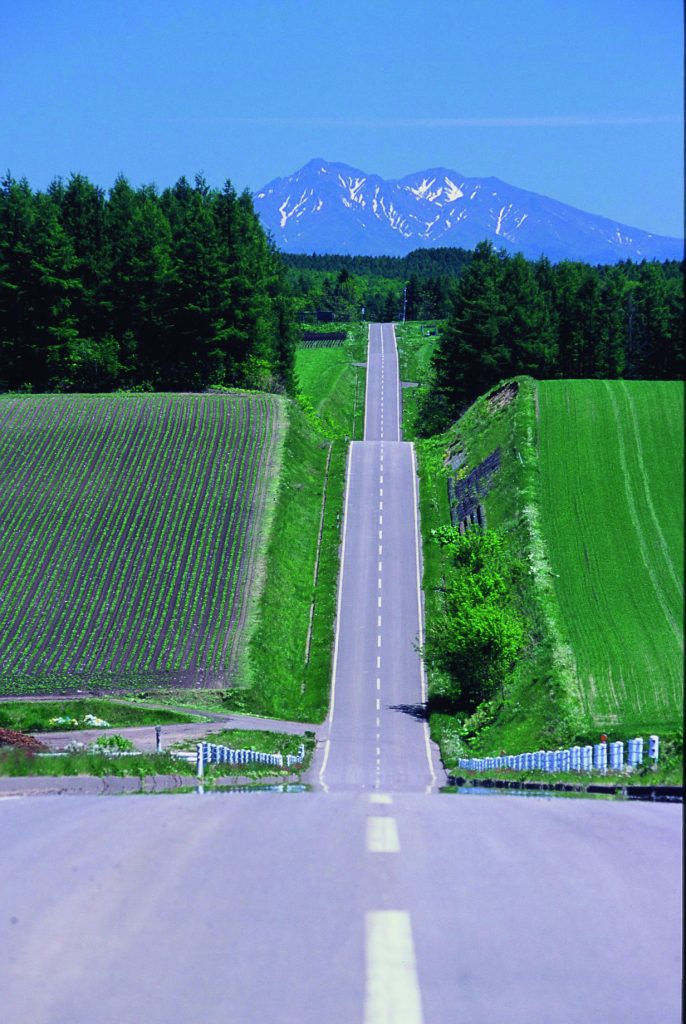
Getting There
Memanbetsu Airport is east Hokkaido’s main airport and the gateway to the Okhotsk Region. It takes a little less than two hours from Haneda Airport and 45 minutes from Chitose Airport.
There are rentals for road bikes and power-assisted bicycles near Memanbetsu Airport and JR Kitami Station between May and September.
About Japan Eco Track
Montbell—Japan’s largest homegrown outdoor brand and retailer—started a series of events in 2009 called Sea to Summit. The goal was to invigorate local areas, holding events to experience nature through canoeing, cycling, trekking and other human-powered movement. While these events continue to be held in beautiful areas around Japan, the natural progression was to provide information and guides so travelers could experience these areas throughout the year at their own pace while learning the history and culture of the region and interacting with locals.
Japan Eco Track guides contain maps with designated routes of varying difficulty levels. Each guide includes information on local restaurants, guides, tour operations and other attractions. Along Japan Eco Track routes there are support stations located at affiliated stores and major transportation hubs such as train stations, airports and michi no eki (rest areas). Discounts and special offers are available at participating locations when travelers show the Japan Eco Track booklet. There are more than 15 guides, with new areas being developed and offered in English.




